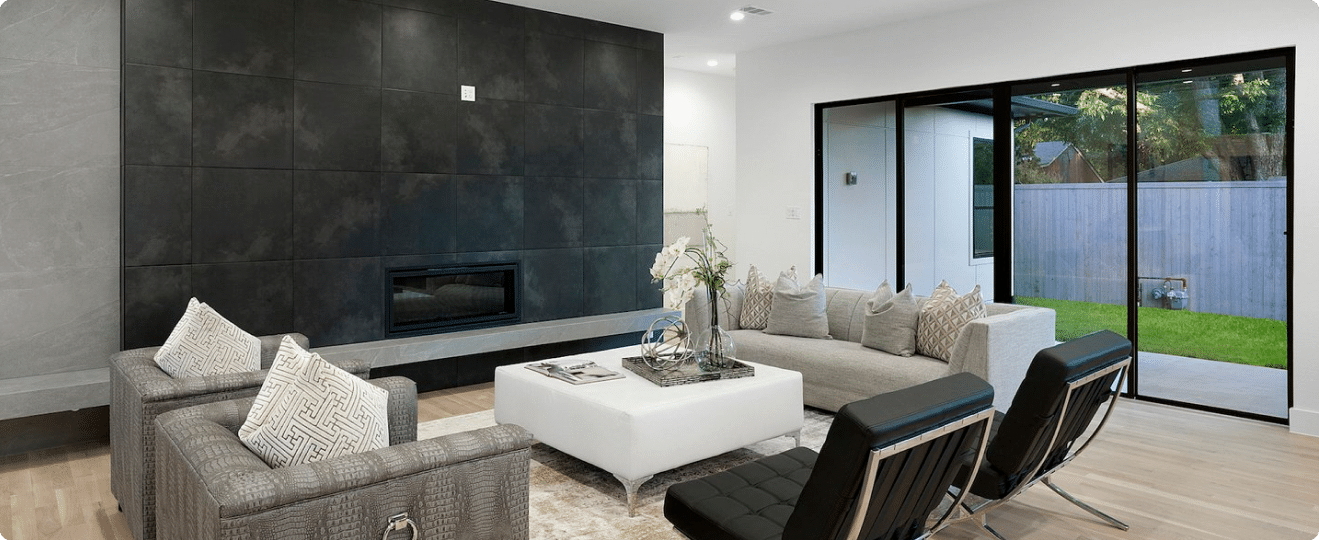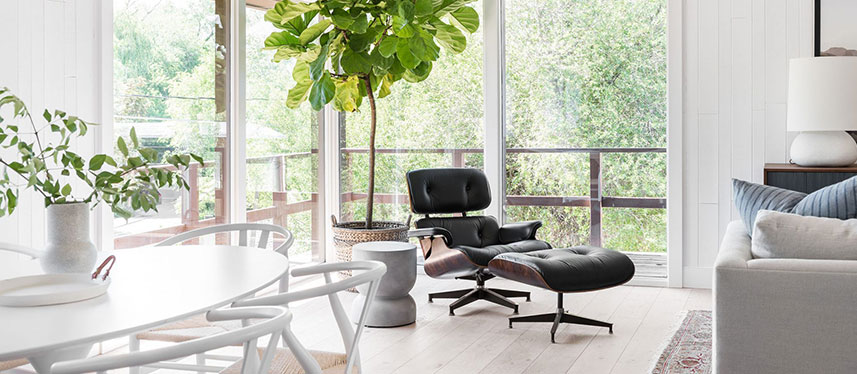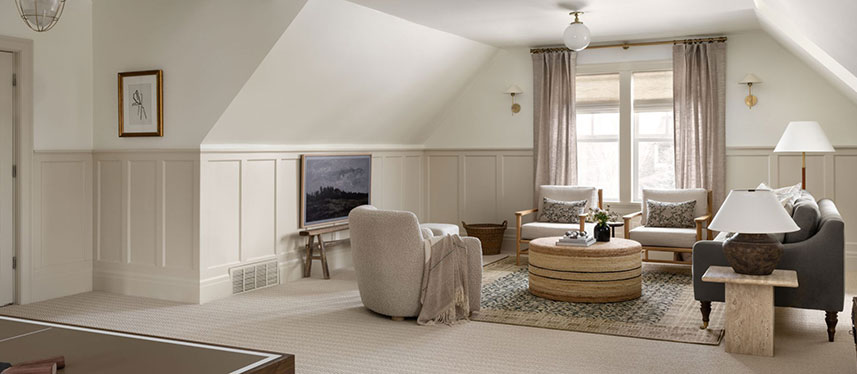
Introduction
Garage conversions in Gilroy bring many benefits to homeowners. They offer a practical solution for additional living space, be it a cozy guest room, a functional home office, or a dynamic play area for kids. This transformation adds to your home’s versatility and can significantly increase its value. In a place like Gilroy, where housing demand is high, converting your garage is an excellent way to make the most out of your existing property without the hassle of moving or extensive renovations.
Essential Garage Conversion Rules for Gilroy
What you can build
Maximum Size
The maximum size for a garage conversion in Gilroy is generally up to 1,200 square feet, depending on the property size and zoning district.
Side/rear setbacks
For garage conversions, side and rear setbacks are typically around 4-6 feet, ensuring sufficient space between structures.
Height limit
The height limit for a converted garage usually cannot exceed 16 feet, keeping it within the scale of residential properties.
Building separation
There must be a minimum of 10 feet separation between the converted garage and other structures on the property.
Permitting Process Timeline
Standard
The standard permitting process for a garage conversion in Gilroy typically takes about 4-6 weeks.
Historic Property review
If your property is historic, the review process can extend to 8-10 weeks due to additional requirements.
Zoning Regulations in Gilroy
Zoning regulations in Gilroy guide the specifics of garage conversions, ensuring they fit well within community standards.
Garage Conversion Size Limitations
| Zoning District | Maximum Floor Area Allowed |
| R-1 (Single Family) | 800 sq ft |
| R-2 (Two Family) | 1,000 sq ft |
| R-3 (Multifamily) | 1,200 sq ft |
| R-4 (Neighborhood Mixed Use) | 1,000 sq ft |
Height Limitations
Garage conversions in Gilroy should not exceed 16 feet in height, aligning with the local residential building standards.
Building Coverage
The building coverage for garage conversions must not exceed 50% of the lot area, allowing for adequate open space on the property.
Location
| Property Type | Location Requirement |
| Single-Family Homes | Must be at the rear of the lot |
| Duplex | Can be on the side or rear |
| Multifamily | Placement depends on site plan |

Exterior details
The exterior of the converted garage must match the primary residence in terms of design and materials, ensuring visual consistency.
Setbacks and Buffer Zones
Setbacks must be maintained at 4-6 feet from the property lines to ensure privacy and proper spacing between buildings.
Minimum Lot Area
Connection for utilities
Garage conversions must have separate utility connections for water, electricity, and sewage to meet city standards.
Fire safety
Conversions must include fire safety measures such as smoke detectors, fire-resistant materials, and proper egress windows.
Room specifications
- Living Area: The living area must have a minimum of 150 square feet to ensure a comfortable living space.
- Kitchen: The kitchen area should be at least 50 square feet, with proper ventilation and safety features.
- Bathroom: Bathrooms must be at least 30 square feet, equipped with essential fixtures.
- Ceiling Height: The ceiling height must be a minimum of 7 feet to meet livability standards.
Short-term Rentals and Home Occupations Regulations
Gilroy has specific regulations for short-term rentals and home occupations to maintain residential neighborhood integrity.
Building Codes
All garage conversions must adhere to the California Building Code, ensuring safety and habitability standards are met.
Gilroy Garage Conversion Permit Guidelines
| Permit Type | Description | Estimated Fee |
| Building Permit | Required for structural changes | $500 |
| Electrical Permit | Necessary for electrical work | $200 |
| Plumbing Permit | Needed for plumbing installations | $150 |
| Mechanical Permit | Required for HVAC systems | $250 |
| Planning Review | Assessment of design compliance | $300 |
Property Requirements
Garage conversions must comply with local property requirements, including zoning and building codes.
Parking
Converted garages must maintain or provide alternative parking solutions, such as driveway or street parking.
Front Setbacks
Front setbacks must be at least 20 feet from the property line to maintain neighborhood aesthetics.
Side and Rear Setbacks
Side and rear setbacks should be at least 4-6 feet, ensuring proper spacing and privacy.
Open Space and Rear Yards
Garage conversions must not reduce the open space and rear yard requirements, maintaining a balance of built and green areas.
Properties That Qualify
Properties must meet specific zoning and lot size criteria to qualify for a garage conversion in Gilroy.

Development standards
Single-family Homes
Conversions must adhere to single-family home design standards, ensuring harmony with the neighborhood.
Multi-family Properties
Multi-family properties can convert garages if they meet density and design requirements.
Duplex Properties
Duplex properties must ensure that conversions do not compromise the usability of the primary units.
Property designations
- Flood Zones: Conversions in flood zones must include flood mitigation measures.
- Easements: Properties with easements must ensure conversions do not interfere with these designated areas.
- Historic Properties: Conversions on historic properties require additional review to preserve historical integrity.
Summary
Garage conversions in Gilroy offer a fantastic way to maximize living space and add value to your property. By adhering to local regulations and standards, you can create a functional and beautiful new space that complements your home and meets your needs.
FAQs
No, the converted garage will typically share the main house’s address. However, if it becomes a rental unit, having a clear designation may be helpful for mail and emergency services. Consult with local authorities for any specific requirements.
Separate utility connections for water, electricity, and sewage are required. This ensures that the converted space functions independently from the main house. It’s important to plan these connections carefully to avoid future complications.
Include smoke detectors, fire-resistant materials, and proper egress windows. Regular maintenance and checks can further enhance safety. Make sure to consult local fire safety regulations and possibly seek advice from a fire safety expert.
Yes, both attached and detached garages can be converted with proper permits. Detached conversions may have additional requirements or considerations. Ensure all local zoning laws are followed for a smooth process.
Side and rear setbacks are generally 4-6 feet. These setbacks ensure adequate space between structures for safety and privacy. Always check with local building codes to confirm the exact requirements.
Yes, but the height must not exceed 16 feet. Adding a second story may require additional permits and structural assessments. It’s crucial to ensure the foundation can support the added weight.
Materials should match the primary residence for visual consistency. This helps the conversion blend seamlessly with the existing structure. Using similar materials can also simplify the approval process with local authorities.
Yes, the minimum lot size is 5,000 square feet. This ensures there’s enough space to accommodate the conversion while maintaining other property functions. Check with local zoning regulations for any exceptions or additional requirements.
Yes, a kitchen area is allowed and must be at least 50 square feet. The kitchen should include essential appliances and proper ventilation. Ensure all installations meet local health and safety standards.
Yes, a building permit is required for structural changes. This helps ensure that the conversion meets all local building codes. Permits are also crucial for legal and insurance purposes.
Yes, but additional review is required to preserve historical integrity. Historic district conversions may have stricter guidelines to maintain the area’s character. Consulting with a historical preservation expert can be beneficial.
Yes, conversions must adhere to local design standards. These standards ensure that the conversion is aesthetically pleasing and functional. They can also help maintain neighborhood harmony.
Yes, but you must comply with local regulations for short-term rentals. This includes obtaining necessary permits and following occupancy limits. Short-term rentals may also require regular inspections to ensure safety.
The minimum ceiling height is 7 feet. Adequate ceiling height ensures the space is comfortable and livable. Check local building codes for any specific requirements related to ceiling height.
Yes, planning review is required to ensure compliance with local design standards. This review process can help identify any potential issues early on. Planning reviews typically assess the overall impact on the neighborhood.
Yes, alternative parking solutions such as driveway or street parking are acceptable. Ensure that parking solutions comply with local regulations. Maintaining adequate parking is crucial for neighborhood harmony.
Conversions must not reduce the open space and rear yard requirements. Maintaining open space is essential for community aesthetics and personal enjoyment. Ensure the conversion plan respects these requirements.
The standard permitting process takes about 4-6 weeks. Complex projects or those in historic districts may take longer. Early submission of all required documents can help speed up the process.
Yes, but you must include flood mitigation measures. These measures ensure the safety and durability of the conversion. Consult with local authorities to understand specific flood zone requirements.
Bathrooms must be at least 30 square feet and equipped with essential fixtures. Ensure proper plumbing and ventilation are in place. Adhering to these requirements guarantees a functional and comfortable bathroom space.